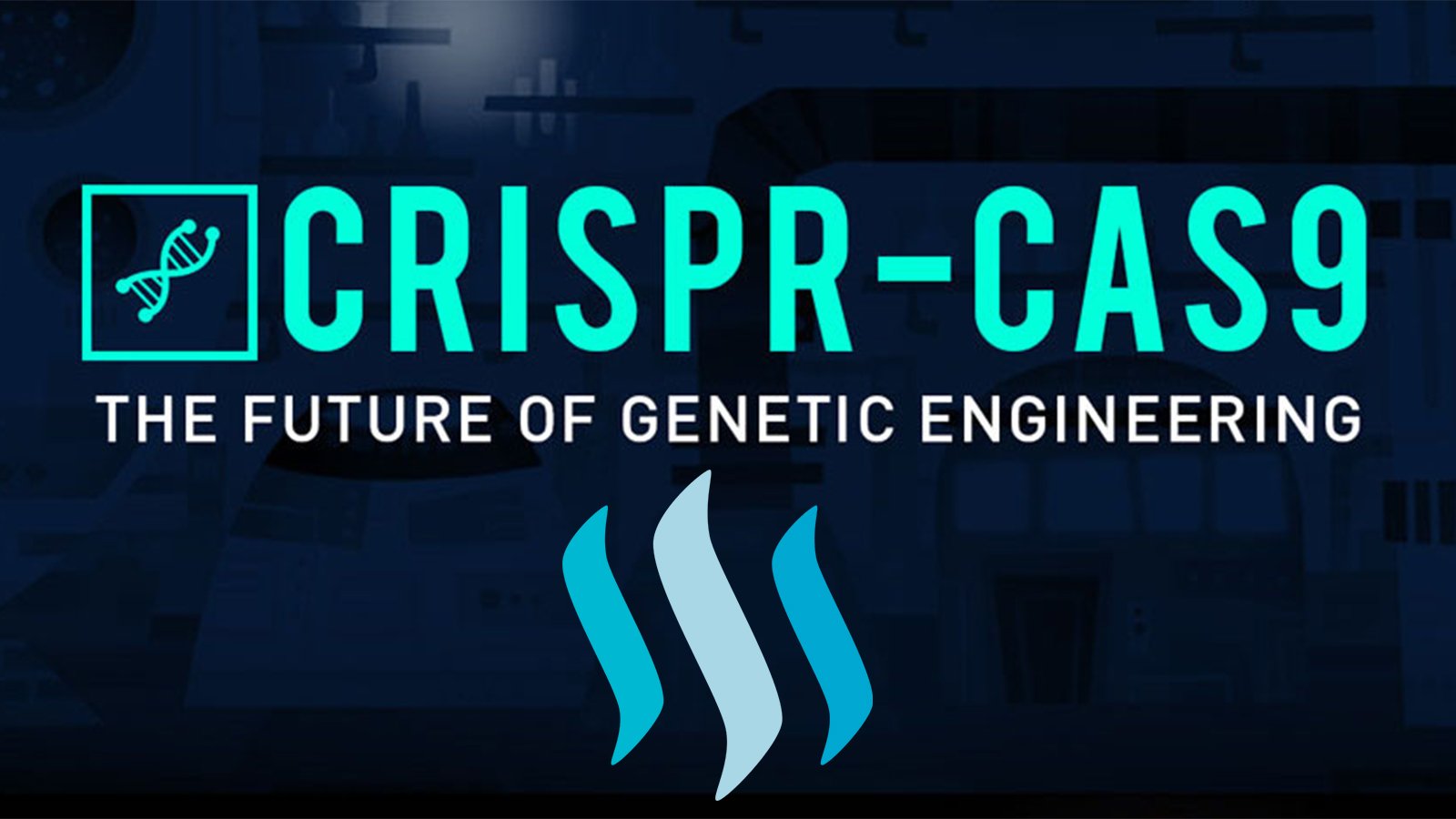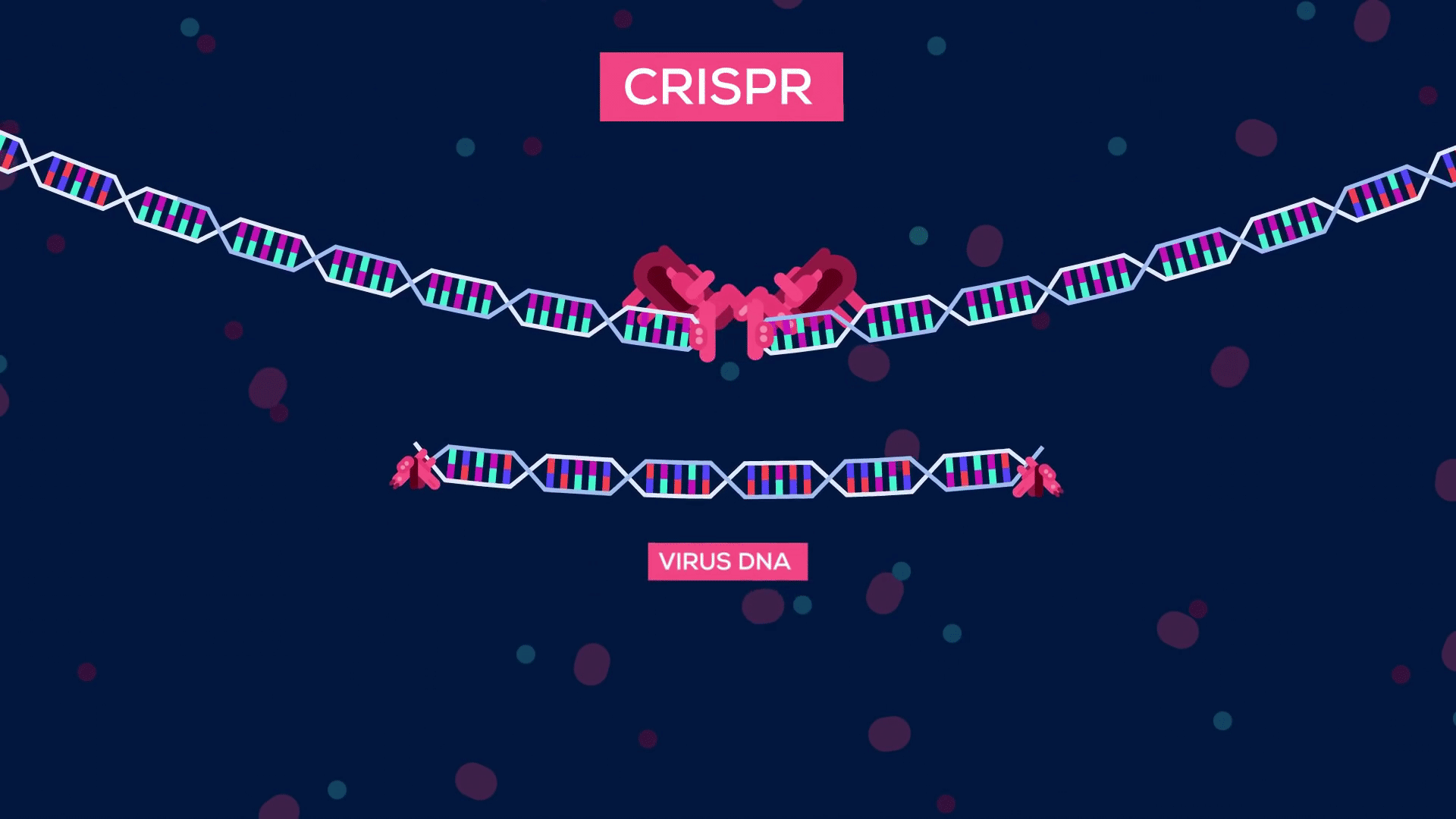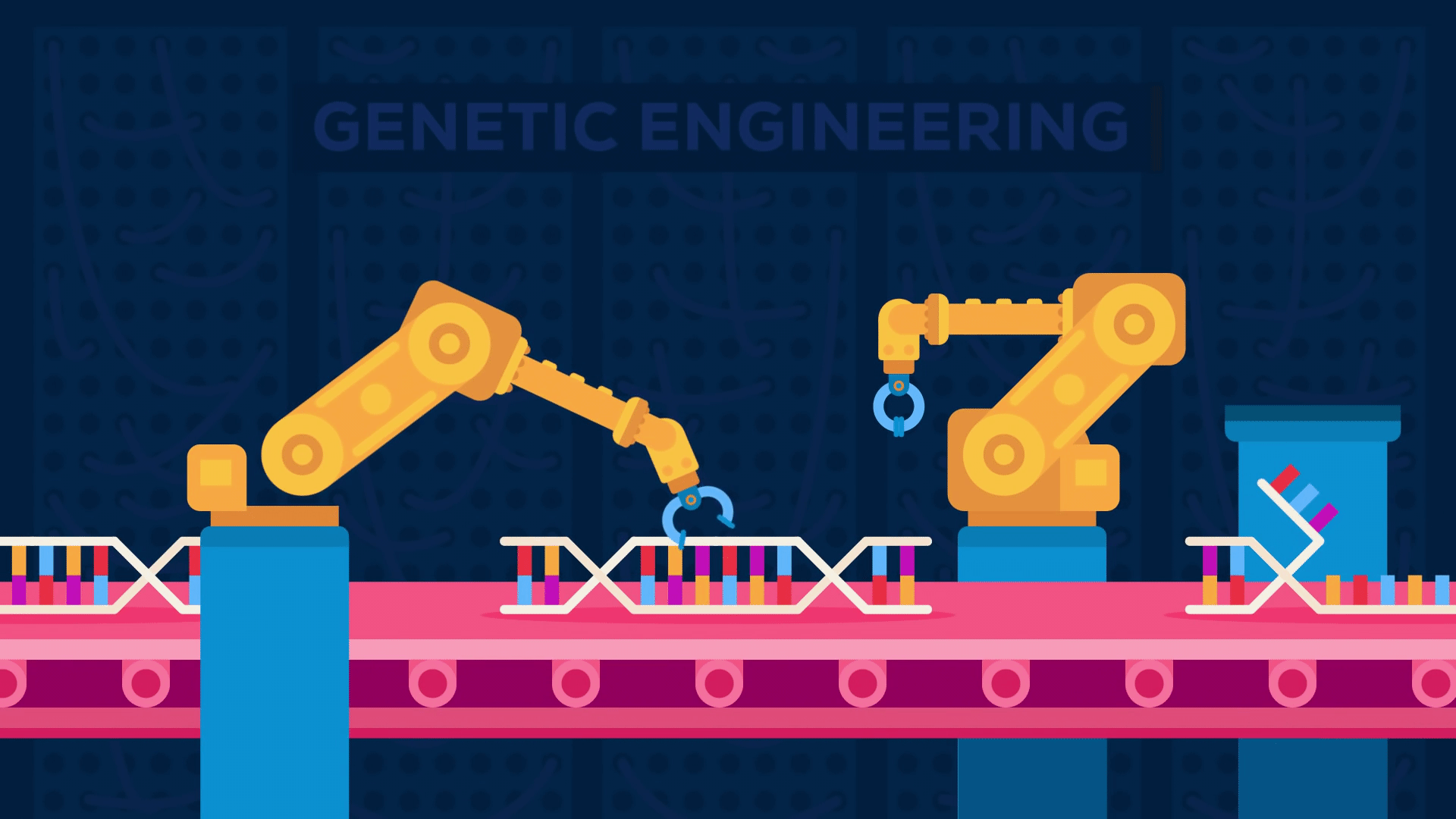
CRISPR is a revolutionary new gene editing method that has the potential to completely transform our future and our society.
The CRISPR technology was only developed about a decade ago, but research has shown tremendous progress in the last few years.
Headlines about CRISPR breakthroughs have been more and more frequent recently, so now I'd like to summarize the 10 biggest CRISPR innovations we've seen since the beginning of the year.
What is CRISPR?
Last year, I've already written a post about CRISPR and how it works, so I will quote my own explanation here:
CRISPR-Cas9 (short for Clustered regularly interspaced short palindromic repeats) is a system for gene modification.
With this new, revolutionary technology, you would be able to specifically change and edit sequences of your DNA.
You could completely delete certain genes from a cell, or simply alter the amounts of it, or create a mutation inside a gene by changing the base pairs (tiny pieces of DNA).
This process is called genetic engineering.

10 biggest CRISPR breakthroughs of 2017
#1 - CRISPR was used to remove HIV from living animals
Scientists in Pittsburgh were able to completely remove HIV from living mice using CRISPR.
All of the test animals survived, and the tumors were shrunk and also didn't spread any further!
#2 - The first human Embryo was successfully genetically edited with CRISPR
Just last week, news broke that scientists had successfully performed genetic engineering on a human embryo.
The researchers were modifying one-cell embryo DNA to remove a gene that is known to cause a specific heart disease.
#3 - CRISPR could slow down cancer growth
CRISPR was used to target the hybrid fusion, which is the "command center" of cancer and is responsible for excessive tumor growth. Scientists were able to create a cancer-annihilating gene that shrunk tumors in mice who were carrying human prostate and liver cancer cells.
#4 - CRISPR could eventually create new organisms
Researchers have used E.coli bacteria to create semi-synthetic organisms. This was done by breeding them with an anomalous six-letter genetic code, instead of the regular four-letter one.
#5 - CRISPR could reduce some of the world's most deadly diseases
Mosquitoes carry diseases like Malaria, which are some of the most deadly illnesses on the planet.
Scientists have been working on editing the fertility genes in mosquitoes, therefore limiting their spread.
The success was also due to CRISPR's feature of changing multiple areas in genetic code at the same time.

#6 - CRISPR could offer a cure for Huntington's disease
Researchers have been using CRISPR to edit out Huntington's disease from mice and were able to reverse the symptomatic progression. This technique could also be applied to humans soon!
#7 - CRISPR can be used to modify viruses that kill antibiotic-resistant bacteria.
The threat of antibiotic-resistant bacteria is growing - and CRISPR might finally provide a solution to this problem.
Researchers were able to trigger self-destructive mechanisms in those bacteria by adding antibiotic resistant gene sequences into bacteriophage viruses.
#8 - CRISPR could also revolutionize DNA storage
The idea of storing Data in our DNA sounds quite crazy - but it's becoming a reality soon and the concept is very interesting, I've actually written a separate post about it already.
Now, researchers were able to use the DNA of live bacteria to store a GIF using CRISPR, and then sequenced the bacteria to successfully reconstitute the file.
#9 - CRISPR as biofuel?
CRISPR is so versatile that there are even use cases out of the medical / biology field.
Scientists have discovered that genetic engineering in a specific yeast strain could lead to new precursors for sustainable biofuels. They were able to engineer certain algae that could product double the biofuel material as their natural counterparts.
#10 - And lastly: There are also new CRISPR regulations to ensure safety
The DARPA (US Defense Advanced Research Projects Agency) has taken upon the task of ensuring the accuracy and safety of CRISPR editing methods. To do that, they have invested $65 million in a new project called "Safe Genes". The main objective of this initiative are to avoid misuse, which has always been a major concern regarding the CRISPR technology.

Conclusion
The CRISPR gene editing technique has only been around for a few years, yet we have seen some dramatic improvements.
This list of 10 milestones are only about events that happened this year!
The breakthroughs range from HIV- and cancer research to gene editing in living organisms and prevention of deadly illnesses.
I will be following CRISPR research closely, and I'm excited to see how far the progress will come in a few years!

© Sirwinchester
